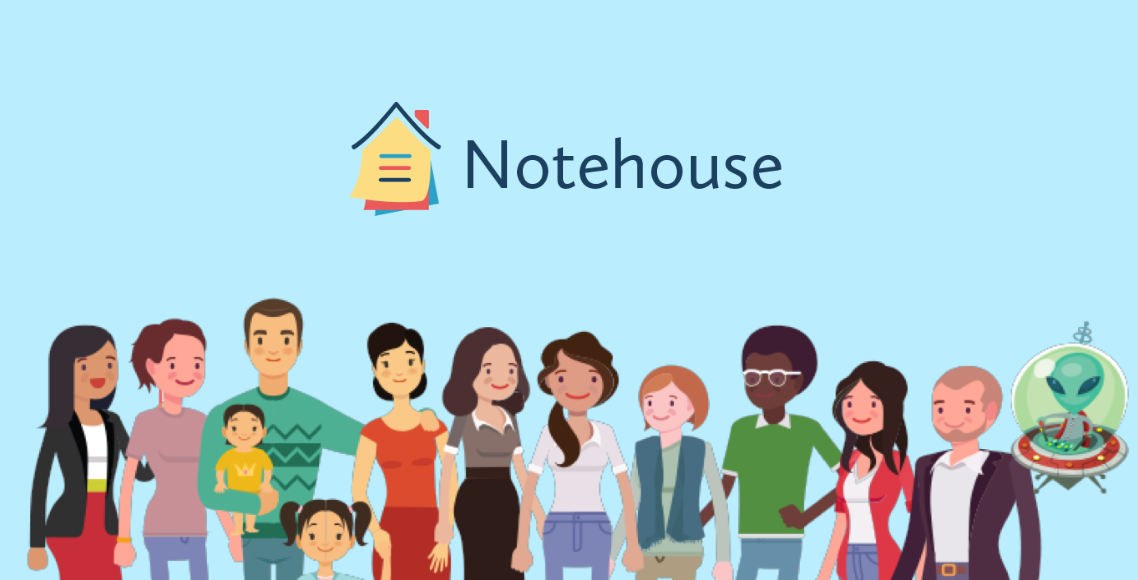Improving Your Trauma Management Skills as a Social Worker
_L.png.png)
Social work isn’t just a job. It’s a calling. We’re in this profession because we’re compelled to help others live full and happy lives. But let’s be honest: diving headfirst into the waters of powerful emotion, especially when trauma is in the mix, can be overwhelming.
How can we use our skills as social workers to guide our clients back to the surface? By truly understanding trauma, fostering compassion, and equipping ourselves with the right tools, we are prepared to create a pathway from pain to possibilities for better outcomes.
As we explore how to improve trauma management skills, we’ll take a closer look at its impact, how to implement trauma-informed care, and the SOAP method for objective note-taking. Let’s chart a course for more impactful and empathetic interactions, starting with understanding the effects of trauma.
Understanding Trauma and Its Fallout
As a social worker, you already know that trauma isn’t limited to a single event. It’s a lasting experience that leaves a painful imprint on an individual’s psyche. The effects of trauma can manifest in various ways, from emotional distress to psychosomatic symptoms. For many, trauma is a disruptive force that hampers their sense of safety and normality, leading to anxiety and helplessness.
According to Social Work, understanding trauma and its fallout is crucial for social workers. Effective trauma management is not just identifying the signs and rendering a diagnosis; it’s also about recognizing the underlying emotions and triggers your clients grapple with. This awareness will allow you to approach your clients sensitively, providing a safe and supportive environment for your interactions.
The journal also discusses the practice of “trauma-informed” social work, a method for providing services in which social workers take extra care in affirming and acknowledging the early adversity in their clients’ lives. For clients who often experience a sense of powerlessness, you’re giving them an opportunity to finally take back control.
Implementing Trauma-Informed Care
Understanding trauma and the need for integrating your awareness into client interactions is just the first step. The real challenge lies in implementing practices that acknowledge trauma and actively work toward aiding recovery. Trauma-informed care is defined by its flexibility—it is not a one-size-fits-all approach. Every client needs a slightly different framework that evolves based on their needs.
The Substance Abuse and Mental Health Services Administration (SAMHSA) advises that the core of trauma-informed care lies in its primary principles: trust, safety, choice, collaboration, and empowerment—all essential elements for creating a space where your clients feel comfortable. By incorporating these principles into your existing service model, you can cultivate an environment where clients feel seen, heard, and valued. It’s about recognizing their trauma, validating it, and working collaboratively toward true healing.
For example, the safety principle is embodied in protecting a client’s physical and emotional well-being. Try to create a space where clients feel secure and free from potential triggers. Meanwhile, trust means maintaining transparency in actions and intentions, so always keep clients in the loop. Offering choice empowers clients; letting them determine topics for discussion can help them open up and relax during an interaction. These are just a few ways to bring the core principles into your existing service model.
The Lifeline of Structured Note-Taking
In trauma-informed social work, solid documentation isn’t just a formality—it’s a lifeline. Comprehensive notes provide a definitive picture of a client’s journey, and when dealing with trauma, it’s essential to capture an objective narrative without letting personal biases cloud judgment.
The SOAP (Subjective, Objective, Assessment, Plan) method offers a consistent framework for case notation, guiding each interaction’s documentation with clarity and objectivity. With the SOAP method, you’ll capture the emotional impact of a client’s lived experience (Subjective) while noting observable facts (Objective). The Assessment and Plan components drive those observations toward an actionable outcome that’s tailored to your client’s unique needs.
Integrating the SOAP method into your toolkit isn’t rocket science, but sticking to its tenets can be tough without the right tools. To make the most out of it, consider upgrading your note-taking with Notehouse: the accessible, user-friendly note management platform for social work. Notehouse carries the burden of organizing your notes so you can connect with the human in front of you. It makes note-taking systems like SOAP a breeze—even for the non-tech-savvy.
Building Long-Term Trauma Management Skills
Trauma management is a challenging skill set to master. As a social worker, you meet with clients who have experienced difficult, painful things, and it’s in your bones to do everything you can to help guide them towards a better life. It’s a tough calling, and you deserve the chance to grow and learn so your skills will continue improving.
By understanding trauma’s impact, utilizing trauma-informed care, and learning structured note-taking methods like SOAP, you can help your clients heal and evolve past their trauma. Remember, you’re not alone in this battle. With tools like Notehouse in your belt, you can focus on the client in front of you—instead of the trauma you’re struggling to write down.
_L.png)

.png.png)
.png.png)
.png.png)